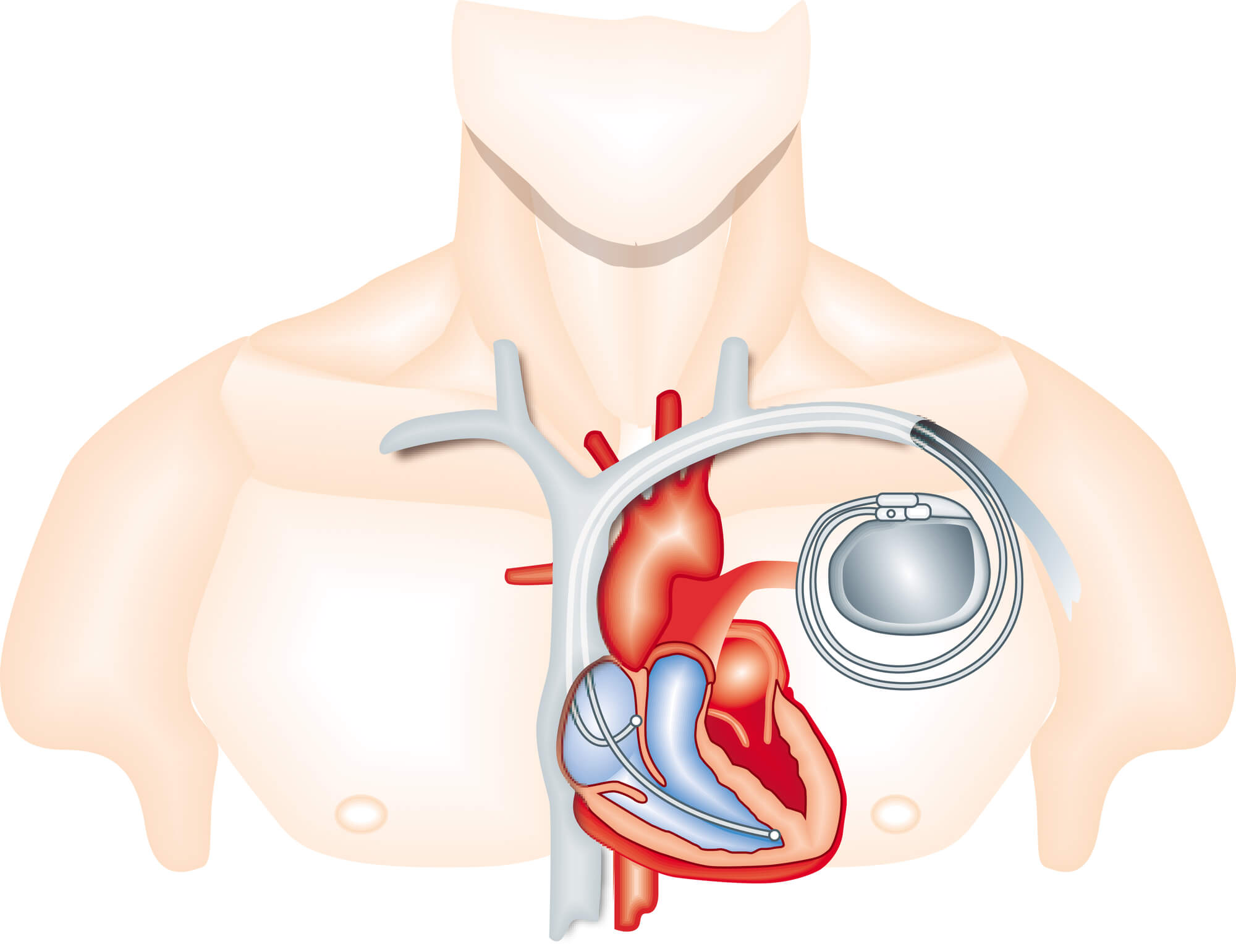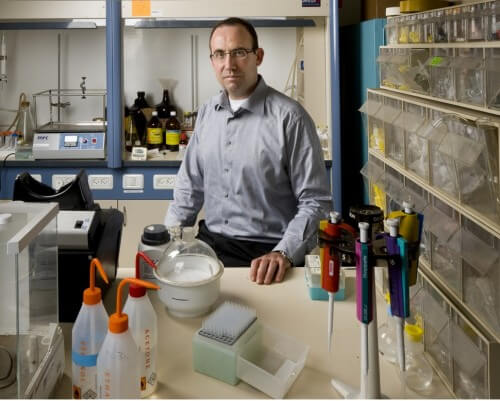Researchers at Tel Aviv University have developed an innovative material that produces green energy through the application of mechanical force

A new nanotechnological development by an international research team led by researchers from Tel Aviv University will make it possible to produce electric current and voltage inside the human body, by activating different organs in the body (mechanical force). According to the researchers, the development contains a very strong, innovative biological material, collagen-like, non-toxic and friendly to body tissues. The researchers estimate that the new nanotechnology has many potential applications in the field of medicine, including harvesting clean energy to operate devices implanted in the body (such as pacemakers) through natural movements of the body and without the need for batteries.
"Collagen is the most common protein in the human body, and makes up about 30% of all the proteins in our body. It is a biological material with a helical structure, with a variety of important physical properties, such as mechanical strength and flexibility, which can be suitable for many uses," explains Prof. Ehud Gazit. "However, since the collagen molecule itself is large and complex, researchers have been looking for a long time for a minimalistic, short and simple molecule that is based on collagen and exhibits similar properties."
"About a year and a half ago, our group published in the journal Nature Materials a study in which we used nanotechnological means to engineer a new biological material that meets these requirements. It is a tripeptide - a very short molecule called Hyp-Phe-Phe, consisting of only three amino acids - which is capable of creating a collagen-like helical structure, flexible and with a strength similar to that of the metal titanium, through a simple process of self-assembly. In the current study, we sought to examine whether the new material we developed has another property that characterizes collagen - piezoelectricity: the ability of a material to generate electric current and voltage following the application of mechanical force, or conversely, to generate mechanical force following exposure to an electric field."

The research was conducted under the leadership of Prof. Gazit From the Shemunis School of Biomedical and Cancer Research in the Faculty of Life Sciences and from the Department of Materials Science and Engineering at the Faculty of Engineering, with the participation of the team of researchers from his laboratory - Dr. Santo Bara and Dr. Wei G. Also, researchers from the Weizmann Institute and a variety of research institutions in Ireland, China and Australia participated in the study. Following the findings, the researchers recently received two ERC-POC grants aimed at translating the scientific research of the ERC grant that Gazit previously won into applied technology. The article was published in the prestigious journal Nature Communications.
As part of the research, the researchers created nanometric structures of the engineered material, and with the help of advanced nanotechnology equipment, applied mechanical pressure to them. The experiment revealed that the material does produce an electric current and voltage as a result of the pressure. Moreover, tiny structures on the order of hundreds of nanometers have shown piezoelectricity that is one of the highest ever discovered, equaling or exceeding that of the piezoelectric materials common on the market today (most of which contain lead and are therefore not suitable for medical applications).
Tiny and friendly engine
According to the researchers, the discovery of piezoelectricity of this magnitude in a nanoscale material is of great importance, as it demonstrates the ability of the engineered material to serve as a sort of tiny motor for very small devices. Later, the researchers applied methods of crystallography and computation in quantum mechanics (Density functional theory) in order to deeply understand the piezoelectric behavior of the material, with the aim of enabling the precise fabrication of crystals for the construction of biomedical devices.
Prof. Gazit adds: "Most of the piezoelectric materials known today are toxic lead-based materials, or polymers, which means they are not friendly to the environment and the human body. Our new material, on the other hand, is completely biological, and therefore suitable for use inside the body. For example, a device made of this material may replace a battery that supplies energy to implants such as pacemakers, but it must be replaced periodically. The movements of the body - heartbeat, jaw movements, bowel movements or any other movement that occurs in the body on a regular basis - will charge the device with electricity, which will activate the implant over time."
Now, as part of follow-up studies, the researchers seek to understand the molecular mechanisms of the engineered material, with the aim of realizing the enormous potential inherent in it, and turning the scientific discovery into an applied technology. At this stage, the emphasis is on the development of medical devices, but Prof. Gazit emphasizes that "environmentally friendly piezoelectric materials, such as the one we have developed, have tremendous potential in a wide variety of fields - because they produce green energy through mechanical power that is already applied." So for example, a car driving down the road could turn on the street lights. Also, these materials may replace lead-containing piezoelectric materials that are currently widely used, but raise concerns about the leakage of the toxic metal into the environment."
More of the topic in Hayadan:
